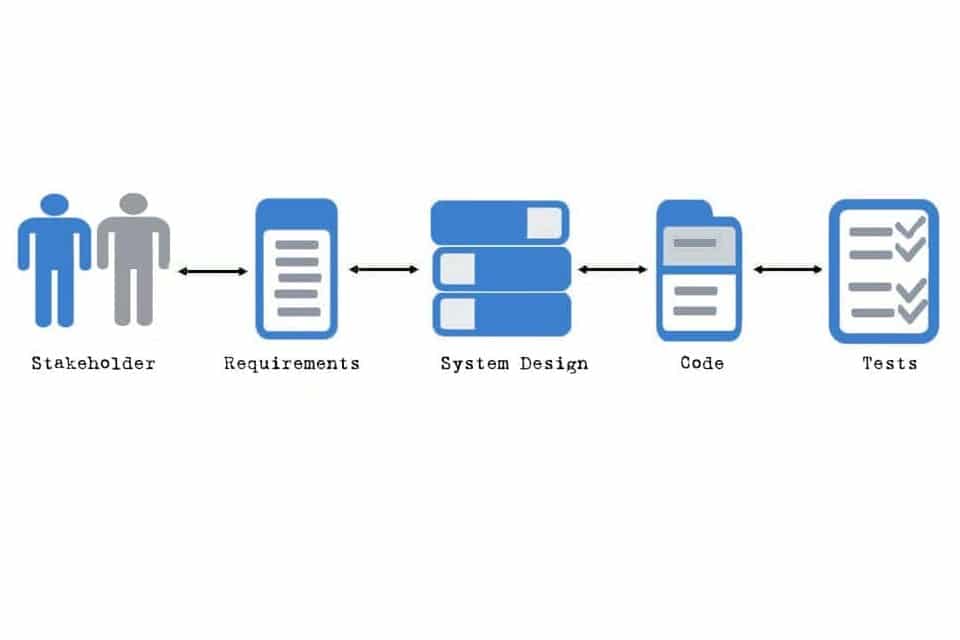What is Change Management?
Smartpedia: Change Management defines a procedure for recording, evaluating, deciding, implementing and tracking changes.
Change management – conscious handling of changes
Change management – also known as change request management – defines a procedure for recording, evaluating, deciding, implementing and tracking changes. The central element in change management is the change request. It can be used to record in a structured manner all the information that is necessary for a subsequent approval process, including impact analysis, urgency, priority, etc.
Interpretations of change management
Change management is part of day-to-day business in many industries – e.g. the automotive industry, medical technology, aviation, mechanical engineering and plant construction. The term itself is used in various process models such as the V-Modell XT or HERMES, in maturity models such as CMMI or in ISO standards. Sometimes the respective intention varies – e.g. the PMBOK Guide speaks of “change control” – and PRINCE2 subsequently of the Change Authority. Depending on the use case, the object to which the change refers also varies. If a customer changes his mind and extends a requirement, the first step involves the requirement management. If this results in new test cases, risks, expenses and deadlines, test case management, risk management and project management would be involved. A seemingly small change can therefore have a big impact on an organization. Therefore, organizations often try to track the relationships between the corresponding artifacts in the development process – the so-called traceability.
Reasons for changes in requirements
There are a number of reasons that can lead to changes in requirements:
- misunderstandings between or new requirements from involved partners (stakeholders, shareholders, principals and contractors, sub-contractors, suppliers etc.)
- new findings based on analyses, pre-prototypes, prototypes or pilot projects
- changes in the framework conditions due to new laws, standards or regulations
- modification of the company orientation and thus other budgets, strategies, markets and target groups
- clarification of unclear requirements
- …
Of course, there are also many reasons that can lead to changes in the realisation of projects or the development of products:
- altered availability of employees (illness, fluctuation, other priorities)
- dependencies on other projects or suppliers
- false assumptions or estimates that are too positive
- …
The change management process
Change management is often used in a project context, but in general it can cover the entire lifecycle of a product. It can include the following steps:
- recording changes with change requests
- analysis of the effects in terms of scope, effort, costs, risks, etc.
- optional: check whether there could be related changes elsewhere (in a software, in a process, etc.) in order to also address them if necessary.
- decision of the Change Control Board or another instance in the company (PMO, development management, etc.) on the release of the change
- prioritisation, planning and commissioning of the implementation as well as definition of responsibilities
- implementation of the change
- test, acceptance and release (or even rectification) of the implemented change – the so-called change evaluation
- if applicable, documentation of the changes in the bugfixlog or changelog or in the user manual
Notes:
Here you will find an article on the completeness of specifications.
And here you will find additional information from our Smartpedia section:



